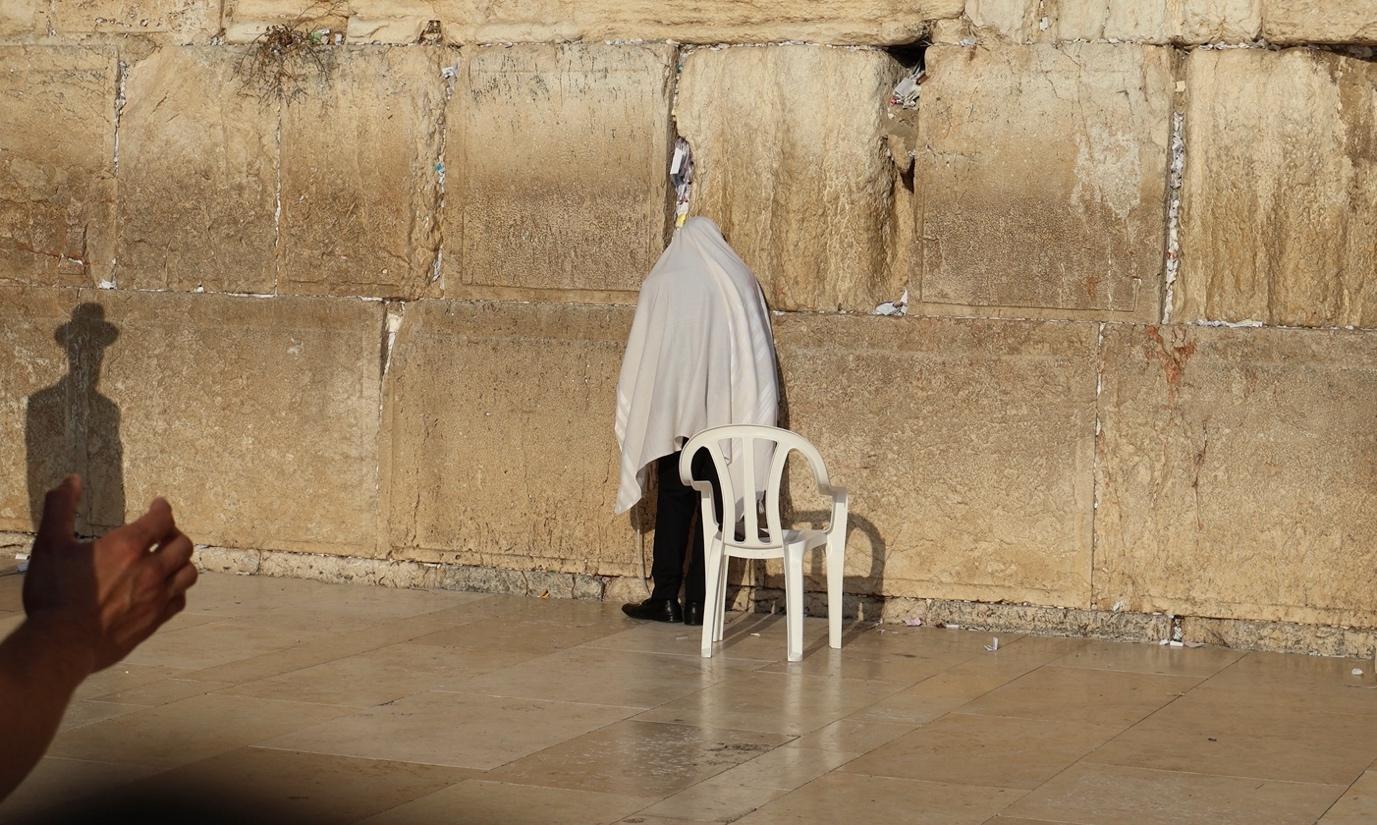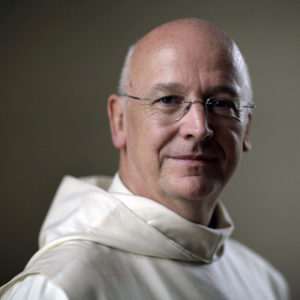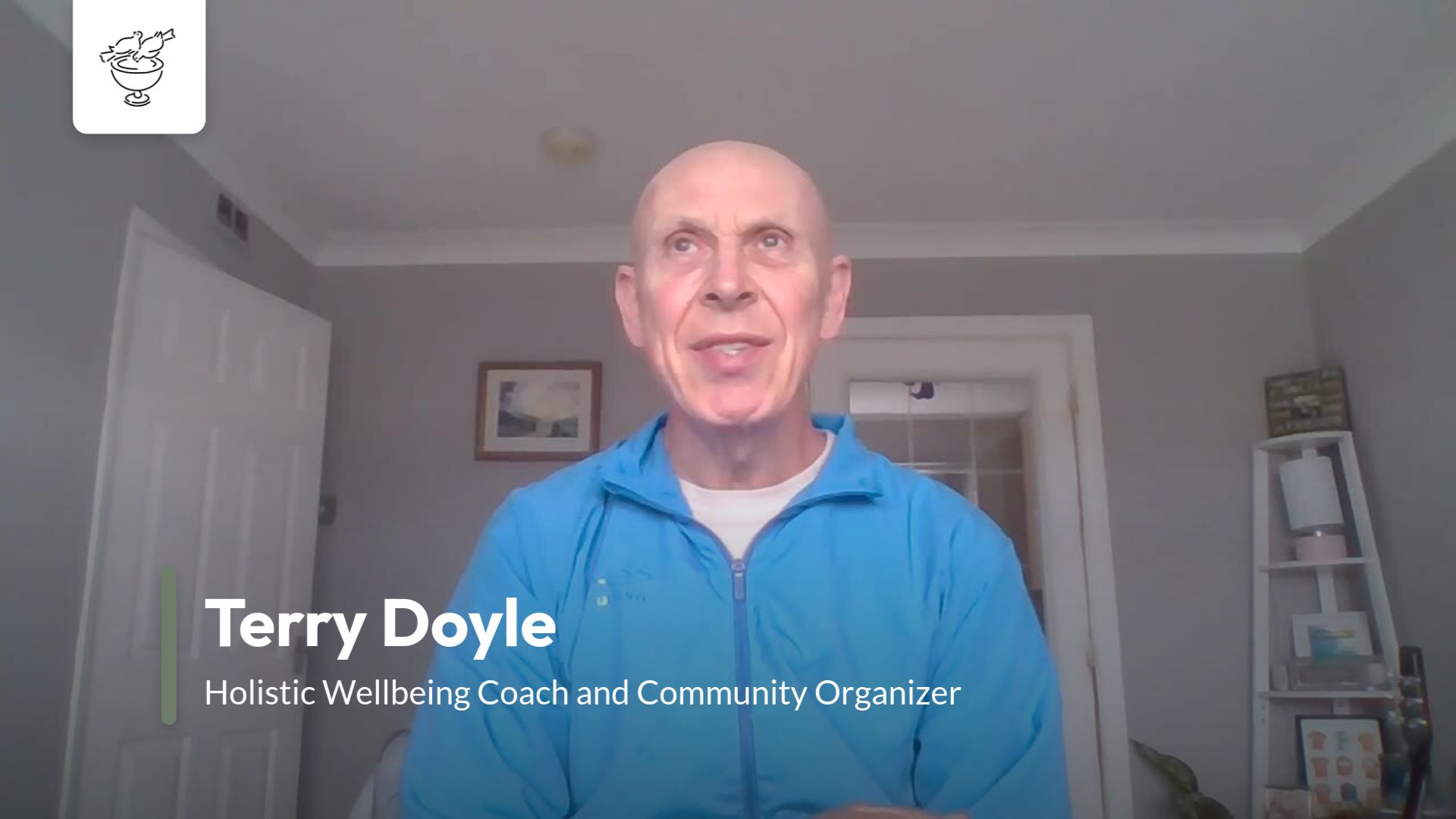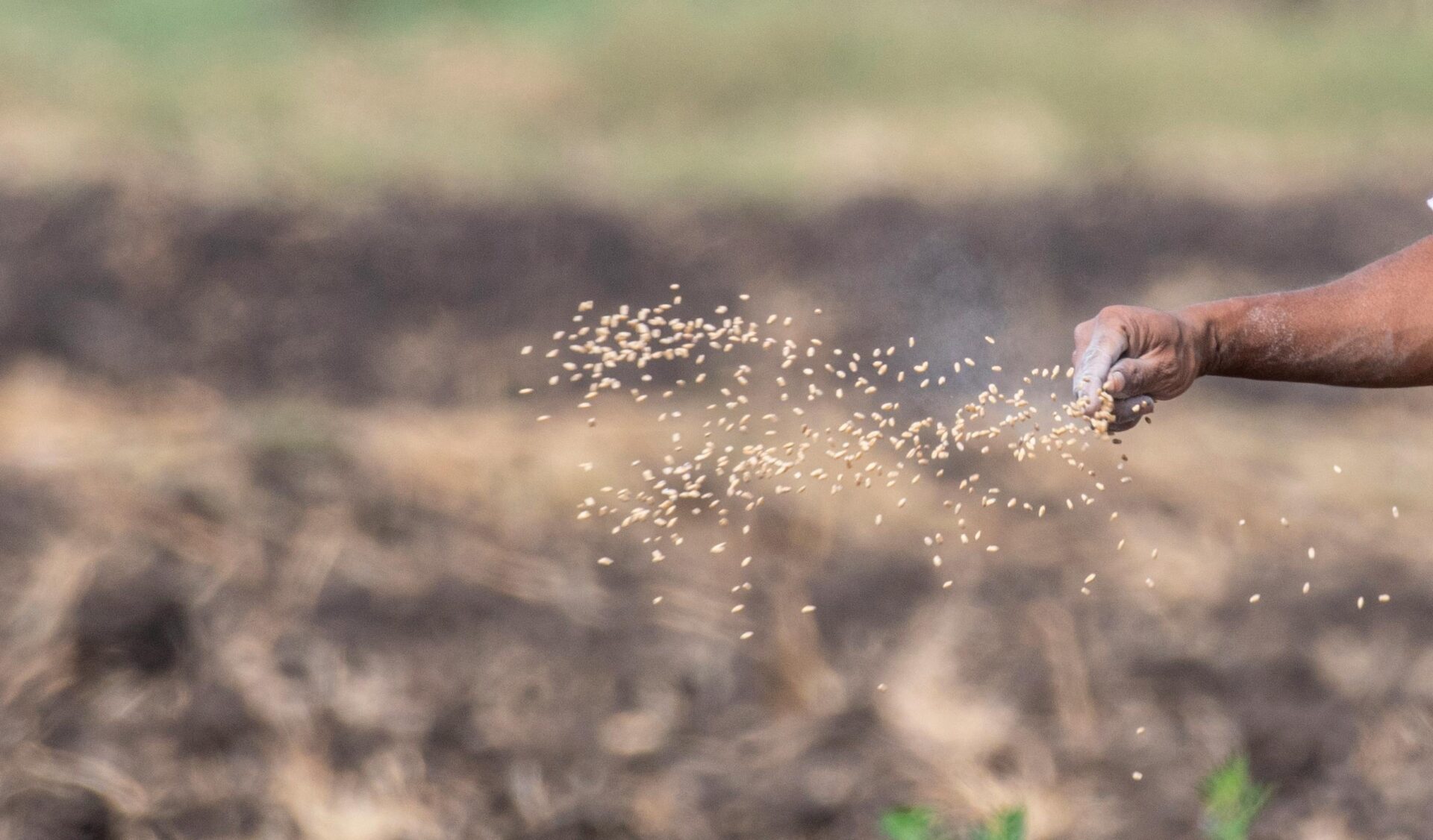To the places
Where the Word Became Flesh and Dwelt Among Us
Day 7: Church of the Holy Sepulchre – Garden of Gethsemane – the Wailing Wall
After breakfast we agreed not to follow the official advice to not visit the city. The fears of the previous morning, with the first news from Gaza and the sound of sirens in Jerusalem, had been replaced. We realised now how the immense Israeli retaliation would yet again re-set the cycle of self-harm. It is strange how violence, however controlled and planned it may be, gives us only the feeling of powerlessness, of having lost control of ourselves.
Everything today fell into place smoothly. We celebrated mass in the Holy Sepulchre, meditated and read the scriptures in the Garden of Gethsemane and prayed at the Wailing Wall as the sun set. On this our last day in Israel I felt we had truly become pilgrims, visiting sites, praying there and taking for granted that this is deeply beneficial, although exactly how and even for whom is hard to say. Which makes it feel more certain that we are touching or being touched by the numinous in every moment of true prayer.
The Church of the Sepulchre is something of a madhouse. It is obsessively regulated and spatially controlled by highly possessive religious groups. There is a ladder on a ledge over the outside entrance that in 1728 became the centre of violent territorial contest. No solution was ever found and no decision ever taken about who could recover the ladder. So, there it is today, a warning about the perverse absurdity that happens when religion forgets how to read sacred texts and so magnificently fails to put them into practice. Yet the noisy, untidy and perpetually renovated building asserts through all dimensions of space and time that certain events actually happened – probably here or nearby – events that are revolutions, leaps in consciousness that are still driving the course of human evolution. The religious aesthetic in a site may not be to our taste but it has nonetheless a surprising familiarity and no apparent need to impress visitors.
All the places we have visited gave off the aura of home. I have felt this in India even in its most chaotic and contradictory character. Israel is a place of extremes struggling to find reconciliation.v
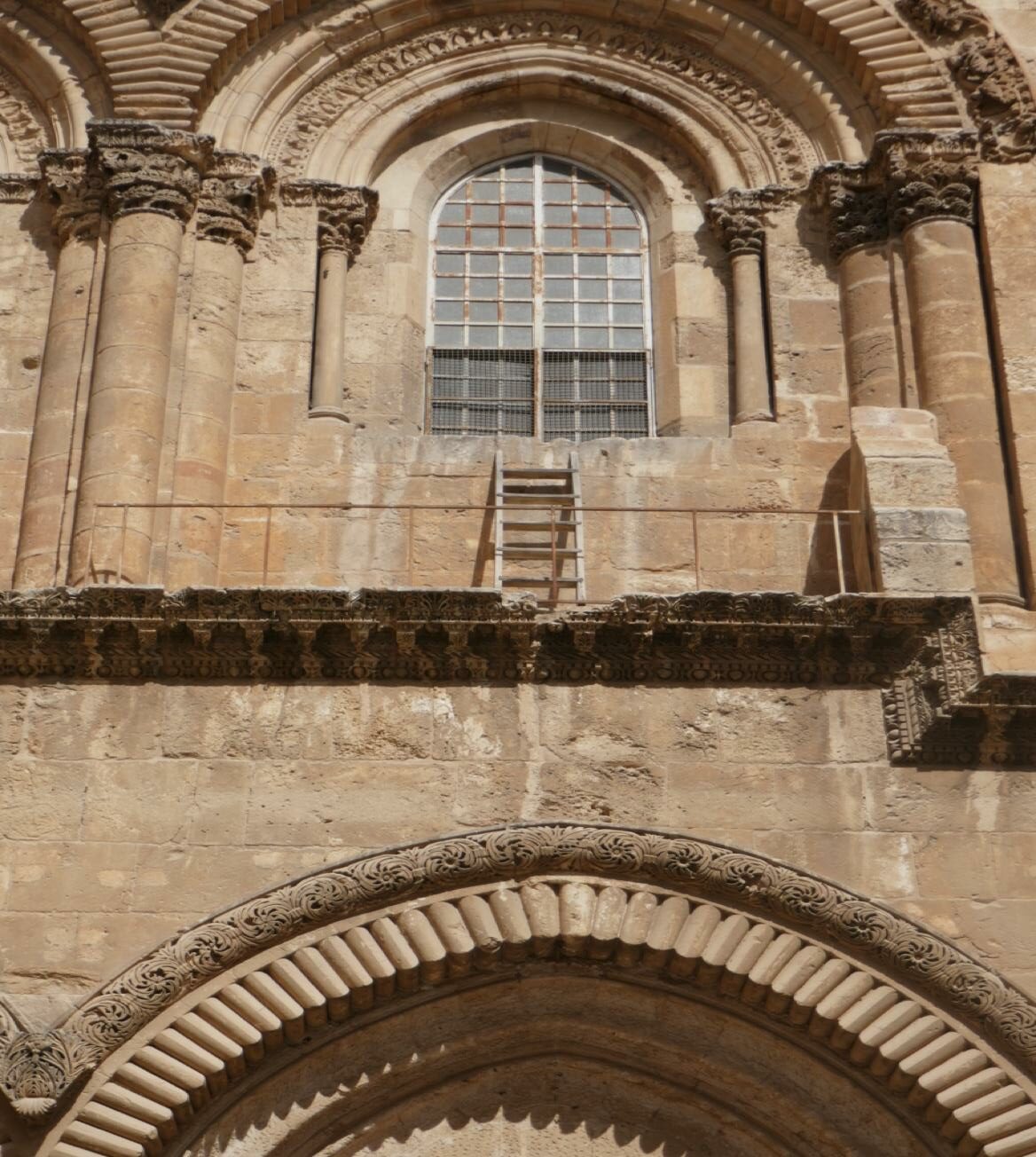
Perhaps it is simply the ancient and young olive trees growing together that helps the Garden of Gethsemane to breathe peace. It is a large walled garden to which Jesus came regularly with his close disciples to pray. He came here on his last night for his last temptation, which was to do his own will, not his Father’s. Reflecting on this in the shade of the olives made us think that our whole pilgrimage could be understood as a discovery, a pilgrimage into the humanity of Jesus. Seeing him only as a divine avatar would lead to arrested development in our own self-knowledge because it tries to engage with an inadequate meaning. The adequate one, that infinitely stimulates our growth, is the radiant paradox of full embodiment: the divinely human and the humanly divine.
Someone asked how this could be squared with the last cry of Jesus on the Cross: ‘My God, my God, why have you forsaken me?’ A numinous space like Gethsemane where many dimensions of reality overlap and become diaphanous, transparent, through each other, is not going to insist on a single explanation. But we were attracted again to the human solution. Firstly, any reading of the text reminds us that this attribution is itself a quotation from Psalm 22, a scripture excruciatingly describing human affliction but which ends with a complete reversal of tone and exultation in the Lord who comes into this affliction to ‘deliver my life from the sword… and listen to my cry for help’.
Jesus knew as every human will, that in the moment of death there is an absolute, inescapable finality which consumes our self-consciousness and must be wholly embraced before it can propel us into new life. His expression of this dead sea moment in the lowest point of the human cycle also exposes the mystery of the inner life of God.
The remaining wall of Herod’s great temple, one of the wonders of the world that the Romans levelled to the ground, has become the ‘wailing wall’ because people come to it to bewail the destruction of the Temple and to lament their own afflictions. The Jew in the photo above was doing this in loud histrionic cries while others patiently accepted him, seemingly without feeling distracted as they prayed quietly. In the library beside the Wall, Jews of all ages recited the Bible with passionate attention, bowing in quick sharp movements, rocking from side to side. A world in which mass can be celebrated near the place of the Resurrection is worth protecting. So is one where the sacred scriptures can be pronounced with such devotion a wonderful place to be alive.
May pilgrimages like this and practises like our daily meditation, generously praise open hearts to build justice without which there can be no peace. May they also form a community of a common, self-transcending faith with members of many beliefs.
Thank you for remaining with us. I hope you have felt it part of your inner pilgrimage. And can consider being part of it in person one year.


